A substantial fragment of Jean Buridan on late C14th watermarked paper on 47 leaves
£12,000.00
Twenty-three large and twenty-four smaller fragmentary leaves from Jean Buridan, Quaestiones in decem libros ethicorum, in Latin, manuscript on paper [Italy, 14th century (2nd half)]
24 fragments c. 207 × 112 mm, preserving two columns of text, and 23 fragments c.222 × 215 mm preserving a single column, each with about 30–33 lines of text and preserving the top or bottom margin, frame ruled in leadpoint and written in a cursive “university” script suitable for rapid copying or note-taking, blank spaces left for coloured initials; recovered from use in a series of bindings, with consequent cropping, stains, worming, etc.
Text
“Perhaps the most influential Parisian philosopher of the fourteenth century, John Buridan did much to shape the way philosophy was done not only during his own lifetime, but throughout the later scholastic and early modern periods … [his] commentary on Aristotle’s Nicomachean Ethics is one of his most influential works, though it is today perhaps the least studied” (Stanford Encyclopedia of Philosophy)
Jean Buridan (Johannes Buridanus in Latin) (c.1301–c.1359/62) was an influential French philosopher; his Quaestiones in libros Ethicorum, written c.1372–1400, addresses key themes in Aristotle’s Nicomachean Ethics, exploring topics such as virtue, happiness, moral decision-making, and the nature of the good life. Buridan examines these concepts through a series of questions, following the scholastic method of posing and systematically addressing philosophical problems. The text had a significant impact on medieval and early modern philosophy: it helped to shape subsequent discussions on moral philosophy and provided a foundation for the integration of Aristotelian ethics with Christian thought.
There are four leaves with a watermark in the form of a bow and arrow, of the “Arc, flèche sans penne” type (i.e. bow and arrow without feather). They vary slightly, but are closest to Briquet nos. 779–80, 785–86, 788–96, most of which are dated between the 1340s and 1390s. A second watermark appears to be a narrow bull’s head, without eyes and with a ring through its nose, but we have found no close comparison.
Be the first to review “A substantial fragment of Jean Buridan on late C14th watermarked paper on 47 leaves” Cancel reply
Product Enquiry
Related products
C14th -C16th manuscripts
C14th -C16th manuscripts
An illuminated leaf from the Beauvais Missal, on vellum. [Northern France, c. 1310]
C14th -C16th manuscripts
Finely produced illuminated leaf from a French Psalter c.1480
C14th -C16th manuscripts
Finely produced illuminated leaf from a French Psalter, c.1480
C14th -C16th manuscripts
‘Exquisite Roman hand’; a humanist Psalter c.1460 by Pietro Ursuleo of Capuo in Latin.
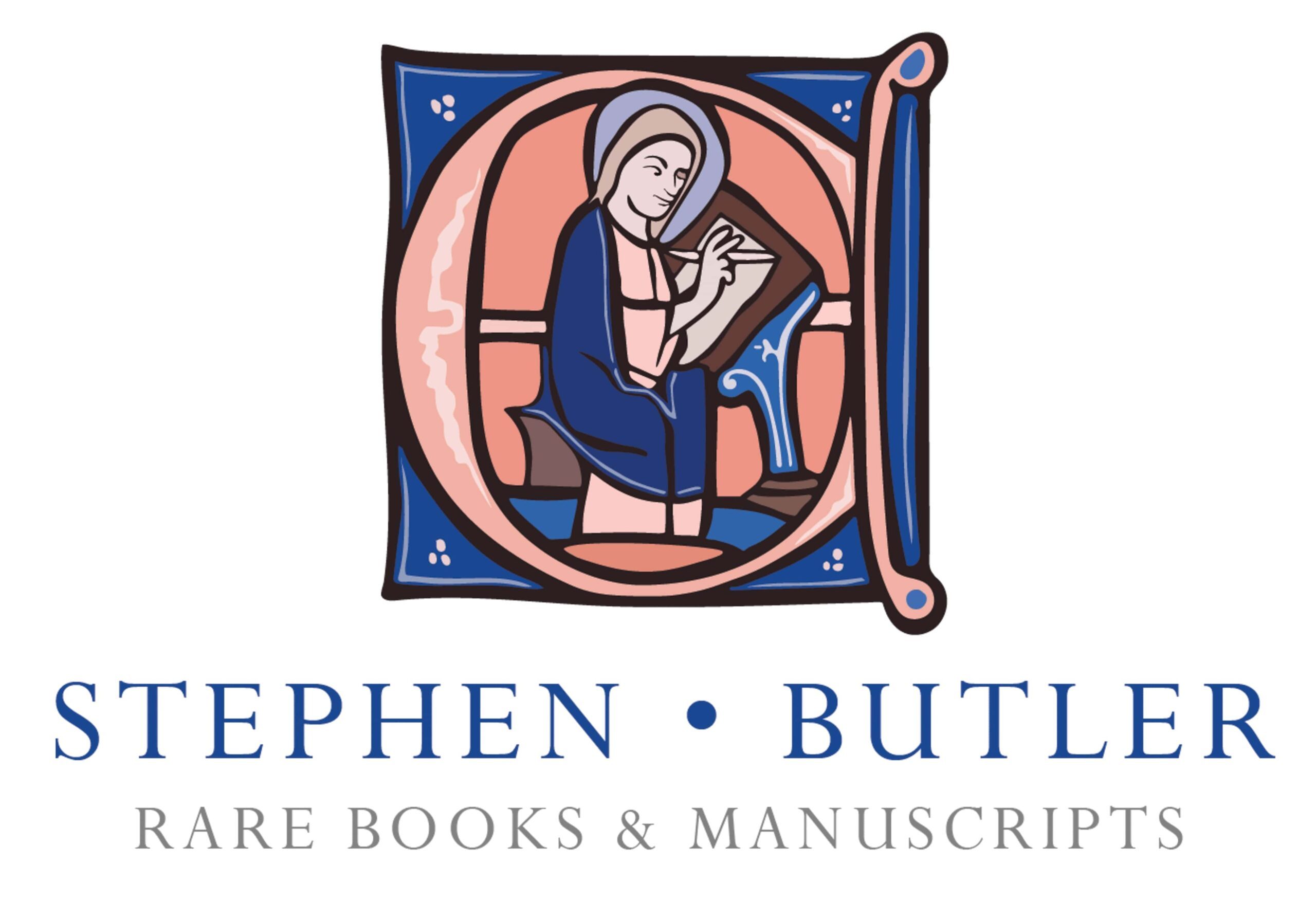
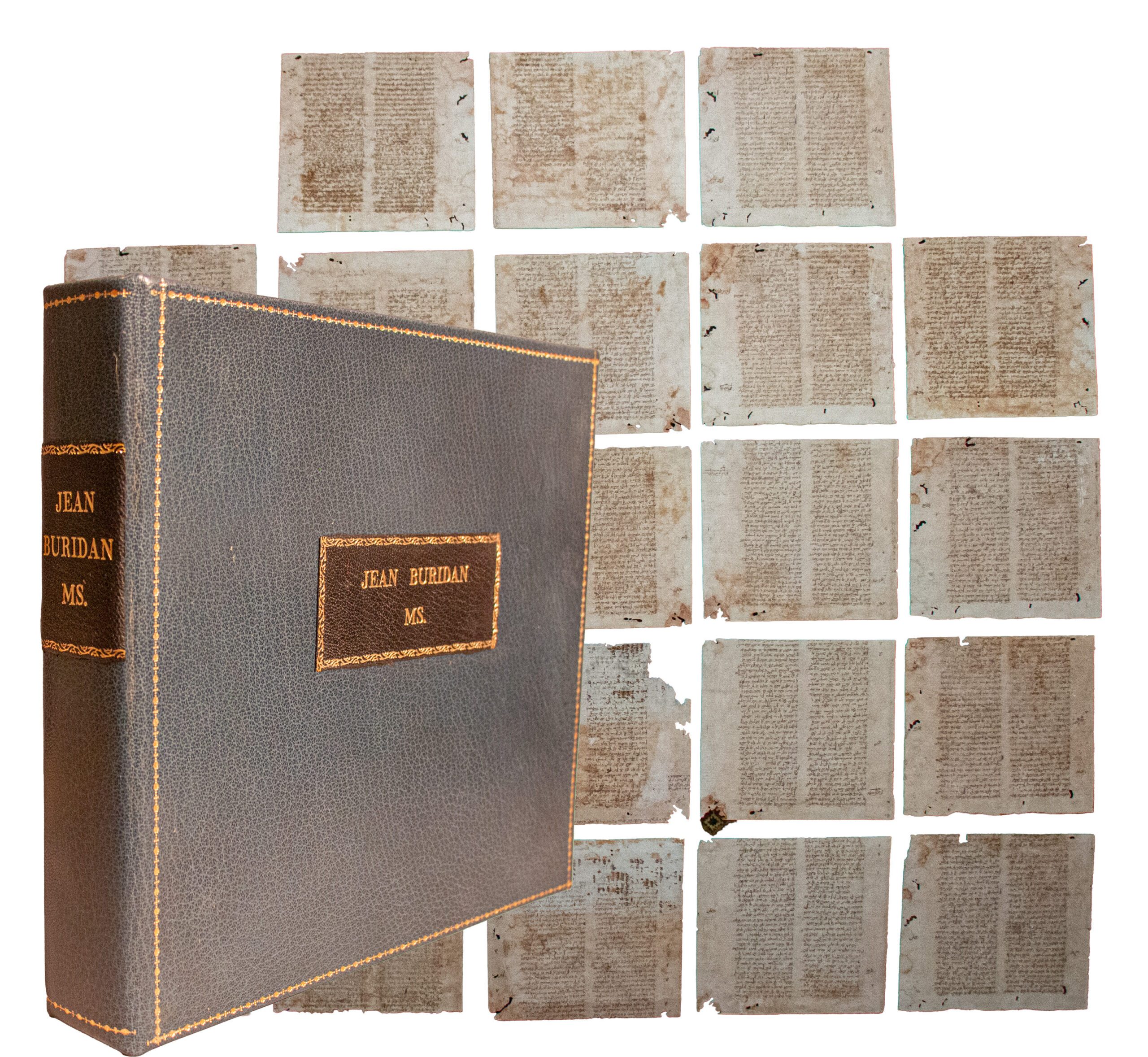











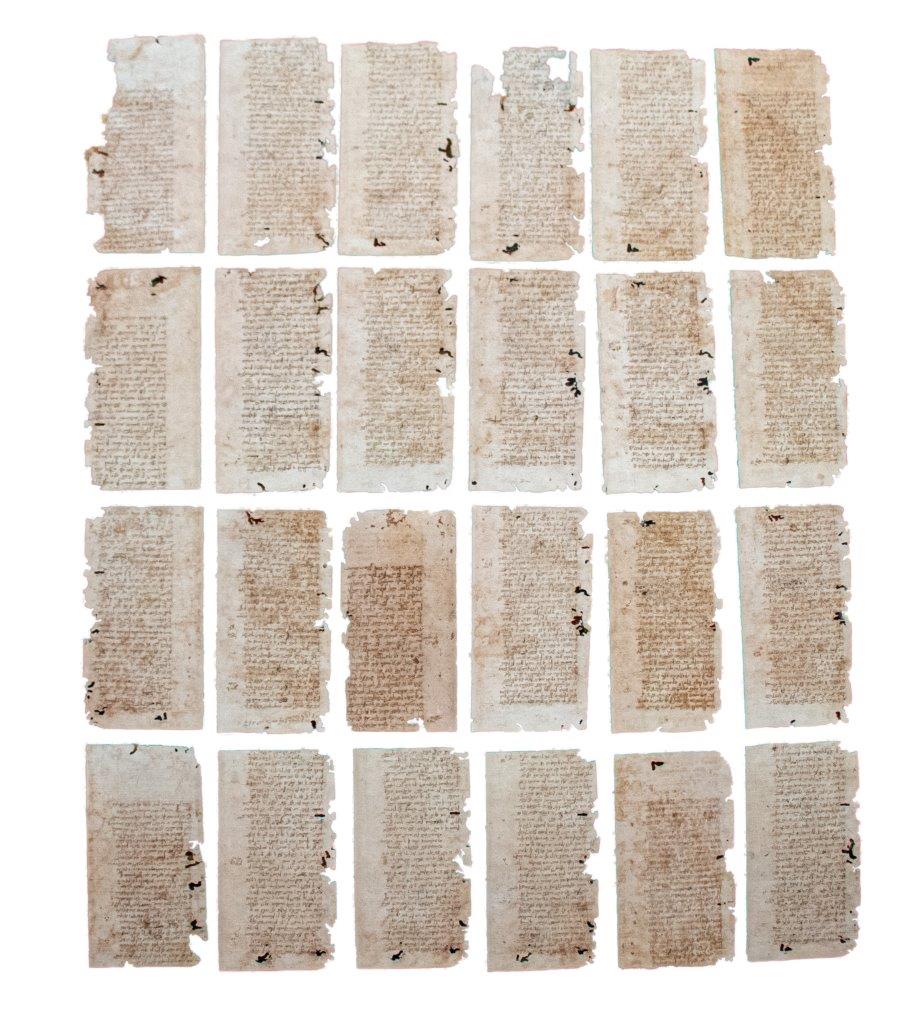


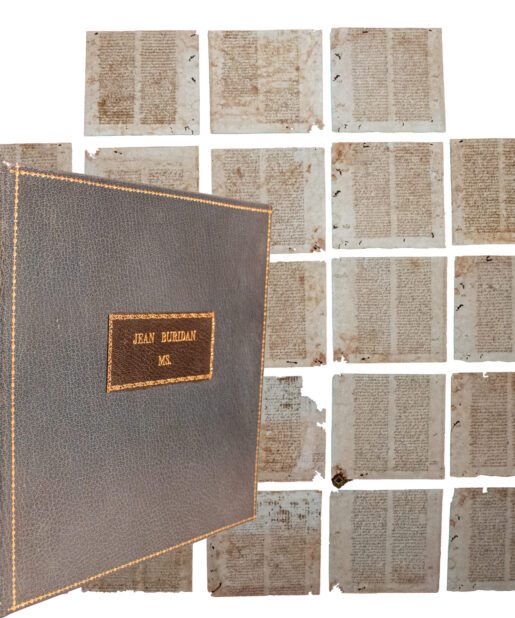
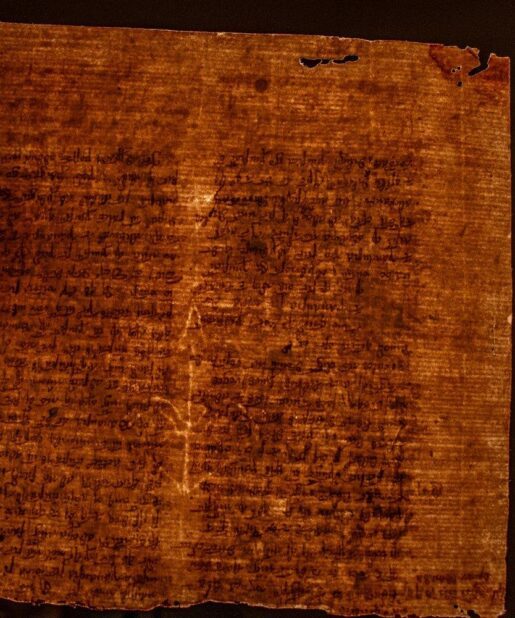
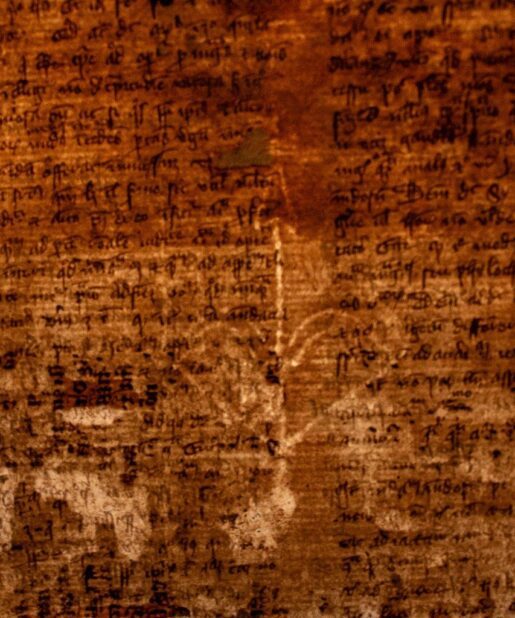
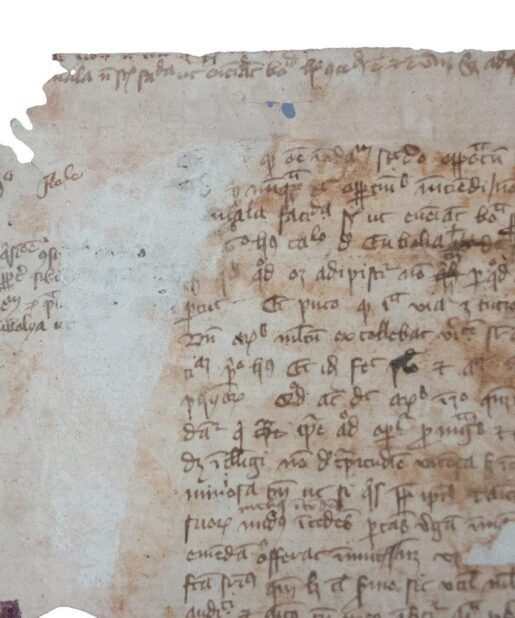
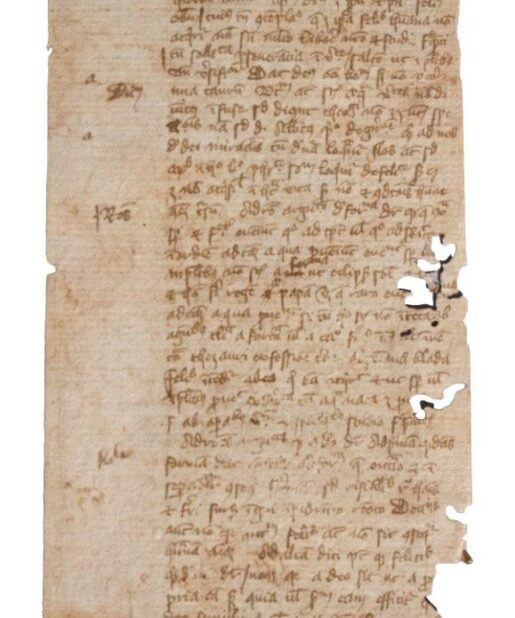
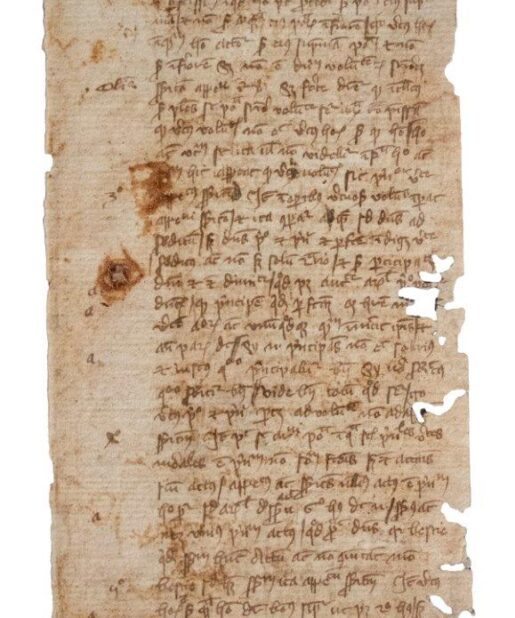
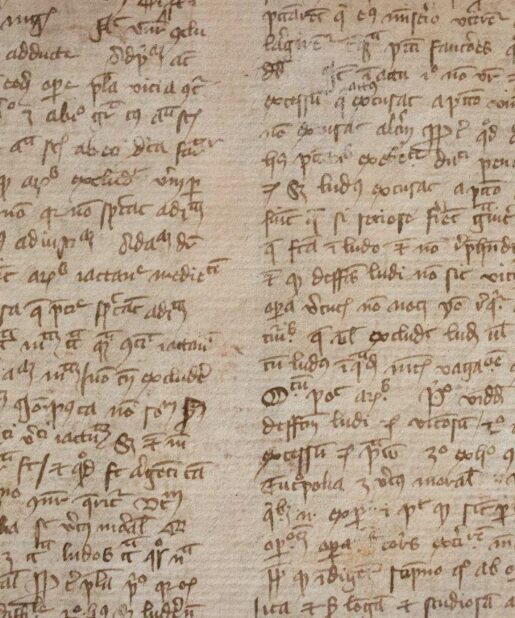
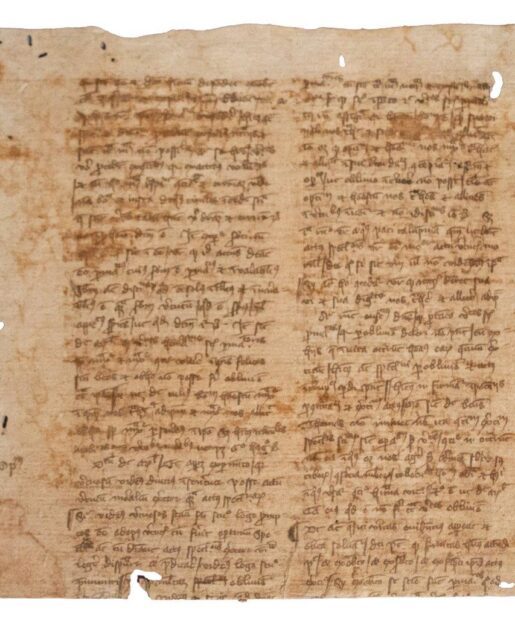
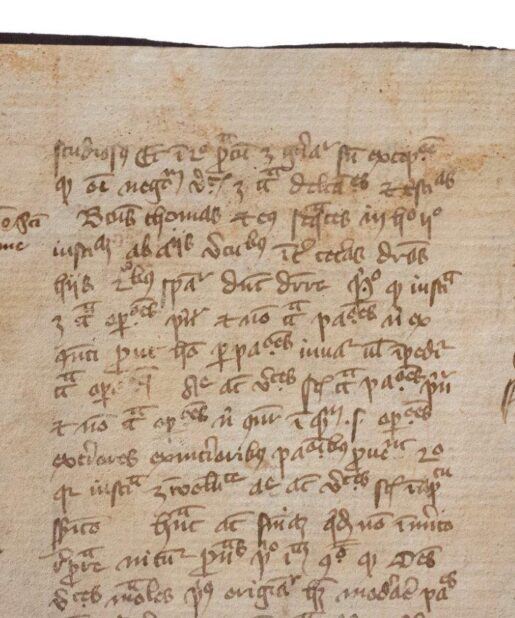
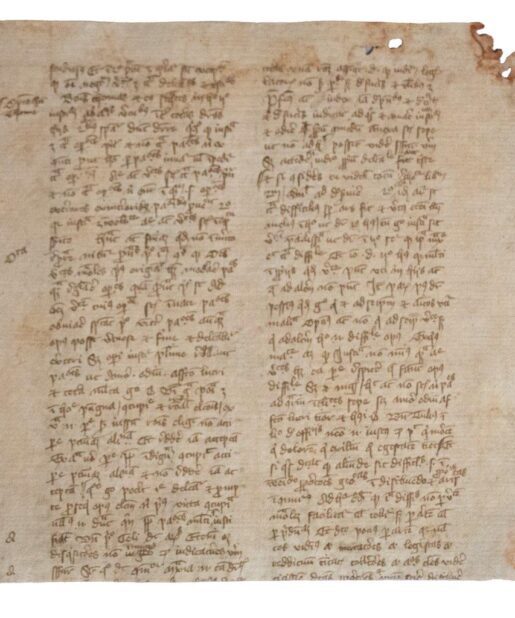
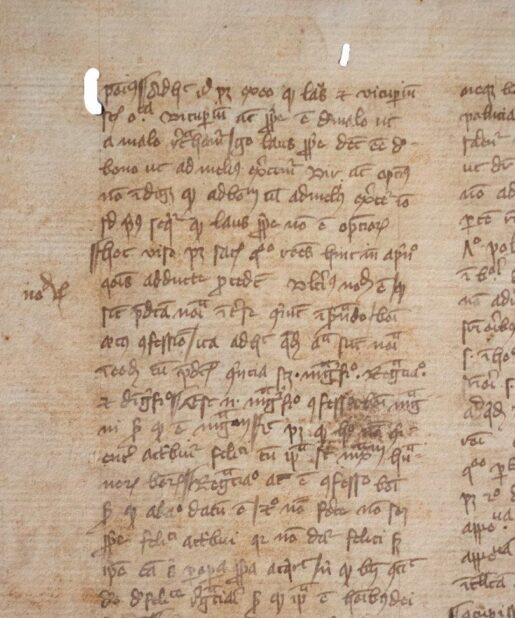
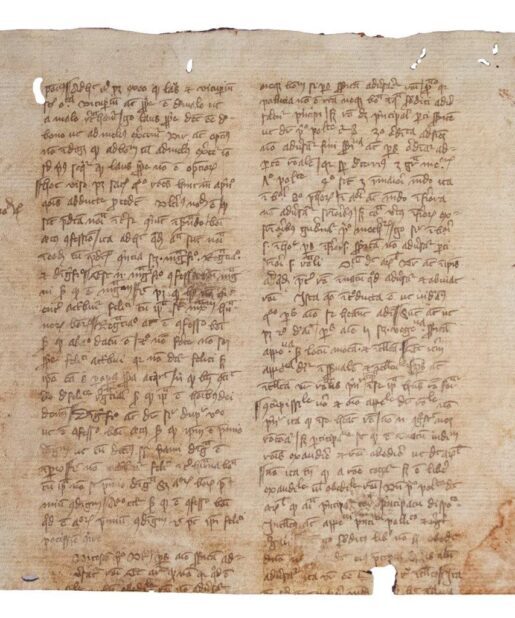
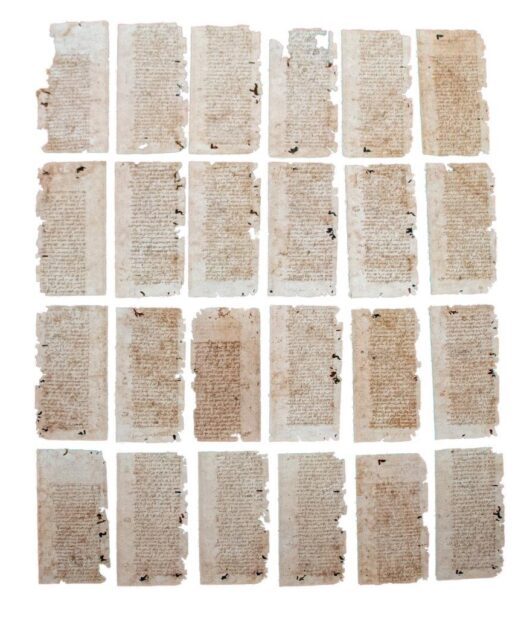
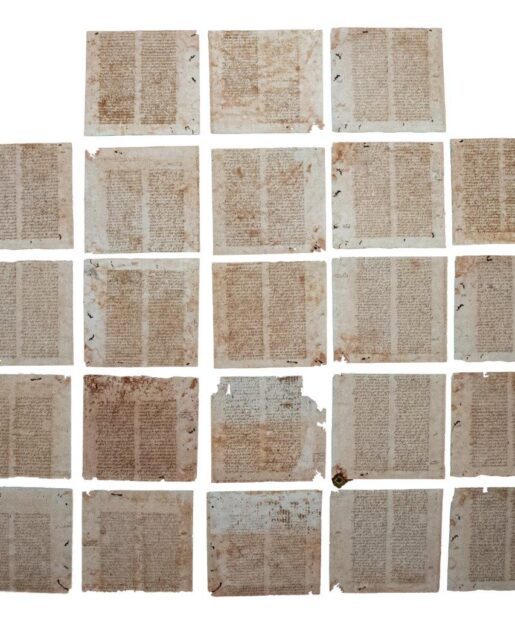
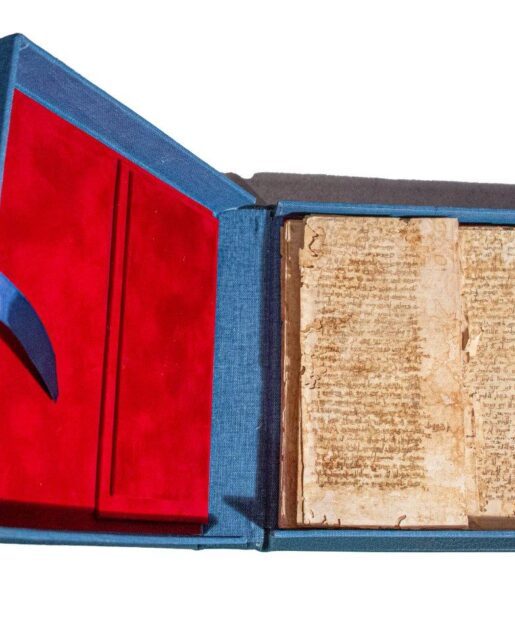
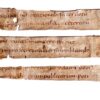
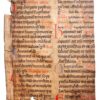
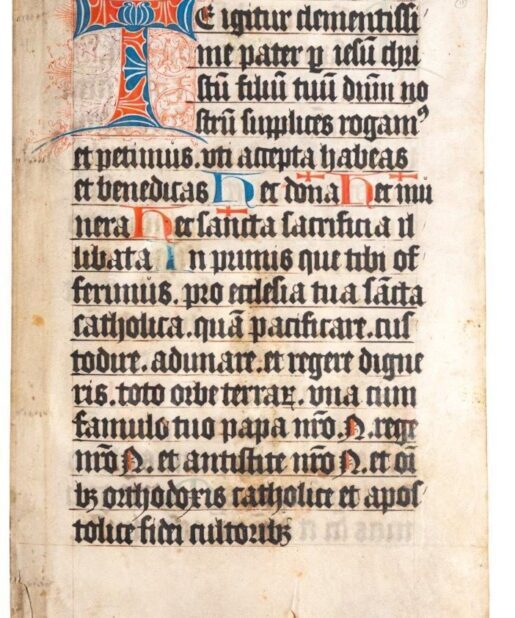
![An illuminated leaf from the Beauvais Missal, on vellum. [Northern France, c. 1310] An illuminated leaf from the Beauvais Missal, on vellum. [Northern France, c. 1310]](https://butlerrarebooks.co.uk/wp-content/uploads/2023/08/IMG_9687-515x618.jpg)
![An illuminated leaf from the Beauvais Missal, on vellum. [Northern France, c. 1310] An illuminated leaf from the Beauvais Missal, on vellum. [Northern France, c. 1310]](https://butlerrarebooks.co.uk/wp-content/uploads/2023/08/IMG_9683-515x618.jpg)
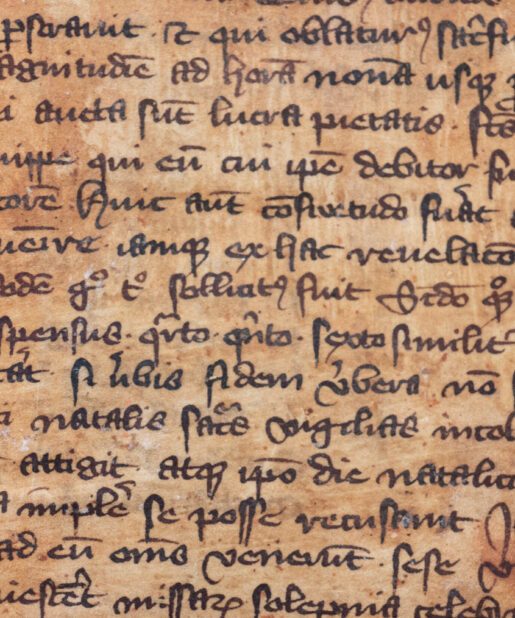
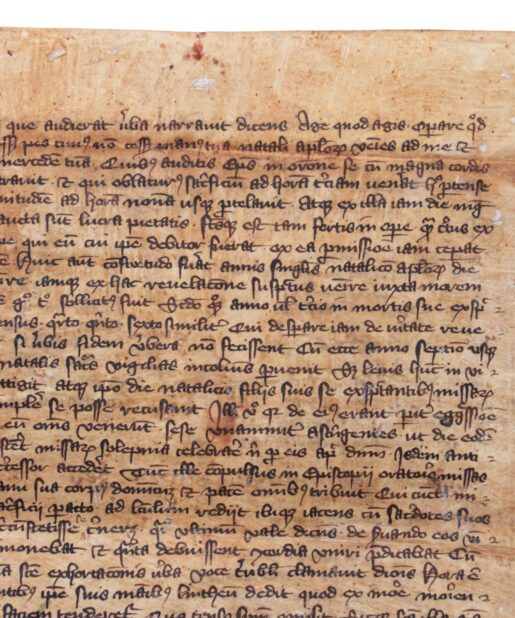
![Leaves from a portable Missal with a reading by Bede (his homily for the Feast of the Annunciation of the Virgin) in Latin, manuscripts on parchment. [England or low countries 14th century]. Leaves from a portable Missal with a reading by Bede (his homily for the Feast of the Annunciation of the Virgin) in Latin, manuscripts on parchment. [England or low countries 14th century].](https://butlerrarebooks.co.uk/wp-content/uploads/2023/06/IMG_9977-scaled-515x618.jpg)
![Leaves from a portable Missal with a reading by Bede (his homily for the Feast of the Annunciation of the Virgin) in Latin, manuscripts on parchment. [England or low countries 14th century]. Leaves from a portable Missal with a reading by Bede (his homily for the Feast of the Annunciation of the Virgin) in Latin, manuscripts on parchment. [England or low countries 14th century].](https://butlerrarebooks.co.uk/wp-content/uploads/2023/06/IMG_9975-scaled-515x618.jpg)
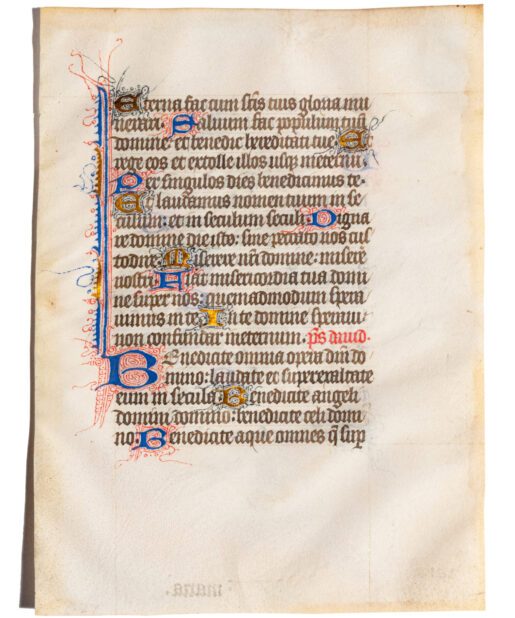
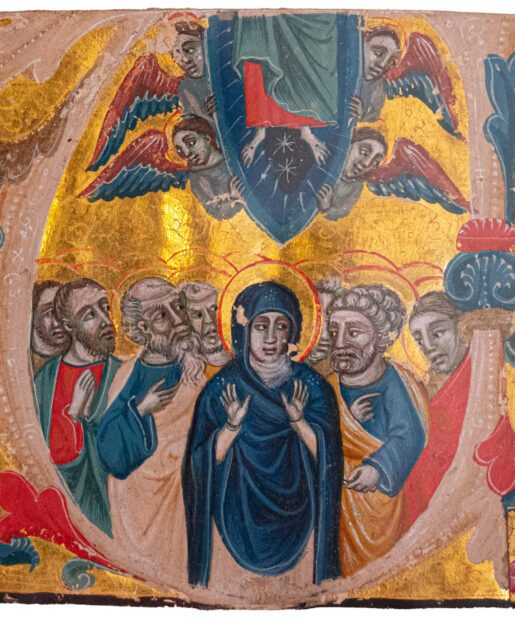
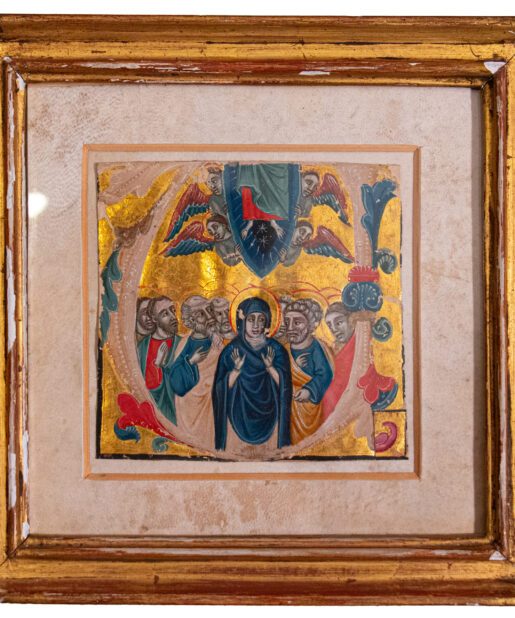
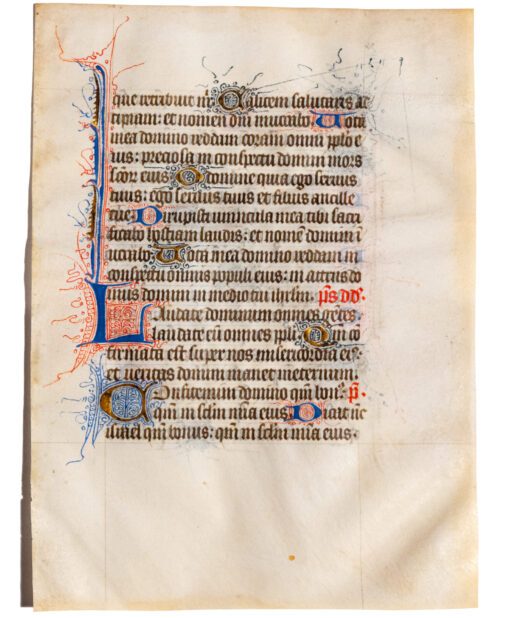
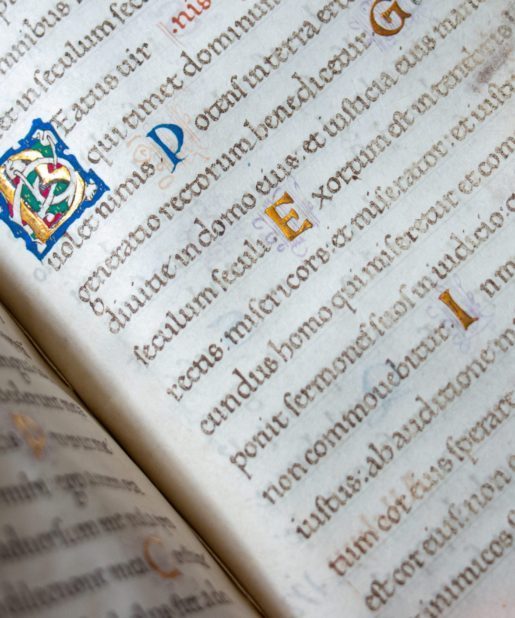
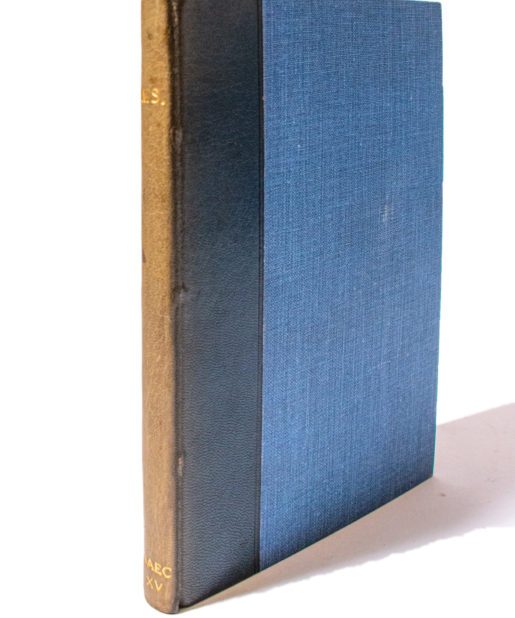
Reviews
There are no reviews yet.